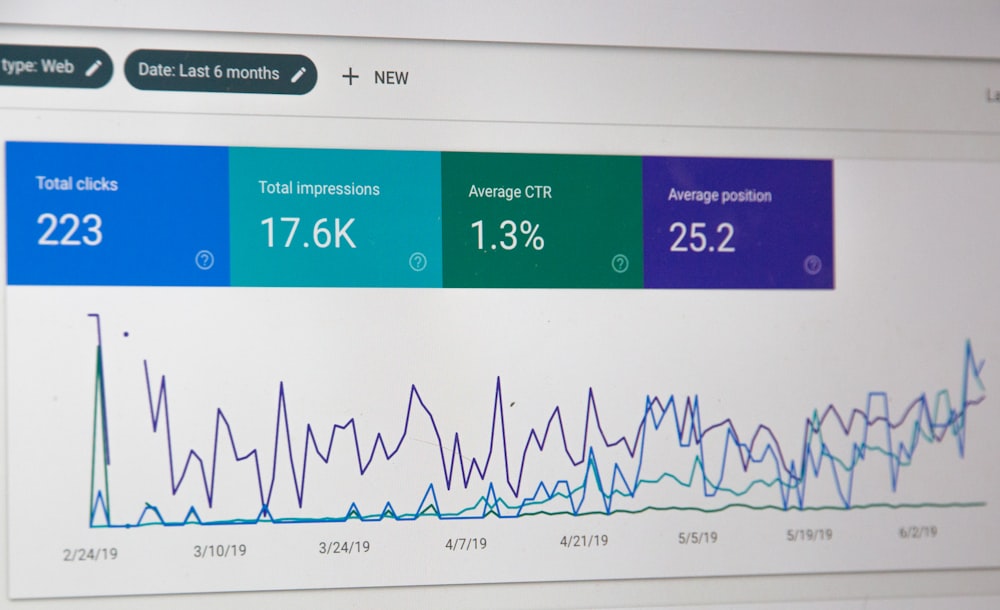ECommerce marketing activities, organically, increases as your store grows to process a higher volume of orders. It is then, you should focus on the metrices to find out which of your marketing strategies are bringing you results.
Let’s start discussing from elementary details on what eCommerce marketing is and what it means to a business.
ECommerce Marketing
ECommerce marketing is set of promotional strategies followed by any online business to improve traffic, drive more sales and conversions. It may also aim at improving customer engagement and retention. A holistic and well-crafted eCommerce marketing strategy is sure to build brand awareness, bring in customer loyalty, and ultimately increase online sales.

Tracking your eCommerce marketing activities
Taking informed decisions will help you win the markets consistently and fine tune your online store’s marketing activities. They are different metrices available to track these strategies:
1. Conversion rate
The first and foremost in the list is the conversion rate which is simply the the percentage of visitors who make a purchase. This can be obtained by dividing the number of people who bought a product by the total number of visitors.
You should be more concerned about this rate, because it is the ultimate aim of any eCommerce marketing activities. According to Marketing Sherpa, a fair conversion rate for eCommerce stores is between one and five percent.
2. Email opt-ins
Most of the eCommerce store owners, like you, depend on email marketing for pursuing leads and customers. The reason being the highest ROI and non-dependence on any other platform to drive traffic.
Irrespective of the results, you should build your emailing list and hence, it is important to track your total opt-ins and your opt-ins by source. To know the individual opt-in rates of every form you can do what’s given below:
- Depend on the email marketing tool’s built-in analytics
- Depend on the conversion goal in Google Analytics to track your thank you page
3. Customer lifetime value
Customer lifetime value is your total gain from a customer over the course of their life. This metrics gives insights as to how much you can spend on retaining this customer.
So, if your numbers show a higher life time value, it implies that your marketing strategies are on the right track.
4. Customer acquisition cost
The amount that you need to spend in order to win a customer is called your customer acquisition cost. There are two factors that show a positive notion in this metrics:
- Your customer acquisition costs should be less than your customer lifetime value
- Your customer acquisition costs should be less than your average order value. This could mean that you are making money off every new customer.
5. Average order value
Similarly, you can also keep a check on your average order value which is obtained by dividing the total value of all sales by the numbers of carts. When you analyze the average value of each sale done in your online store, you can formulate more efficient ways of improving the cart value by offering free shipping after a certain amount, or bundle products together with a discount or simply by recommending products.
6. Revenue by traffic source
The efficiency of a particular marketing strategy can be found out by calculating your income from that particular source. It shows the number of customers brought in by that traffic source. This helps you to decide whether to spend money on those resource who don’t bring in business.
7. Shopping cart abandonment rate

Cart abandonment happens when a customer adds products to his/her cart and then doesn’t complete the purchasing process. The positive thing about this is, you still have the chance to win back this customer who may still be interested in your products.
That is why it is important to look at the percentage of customers who leave without buying your products. Track your cart abandonment rate by:
- Using any cart abandonment tool
- Setting up a funnel in Google Analytics
Subsequently, you can reduce this percentage by following simple check out procedures, providing wide options for payments.
8. Net Promoter Score
Word of mouth is a great way of advertising for any kind of business. Sending a simple survey which asks your customers if they would recommend your store (give a scale to choose a score from)and why, will give your net promoter score. This helps you gauge the level of customers’ satisfaction with your business and brand.
How can you use this score? The answer is simple. You can segment your customers based on their responses and come up with customized marketing plans for each of the groups. This encourages you to have an active communication with your customers.
Conclusion
Having discussed the above points, it is safe to stay that tracking and analyzing your eCommerce activities and tweaking them based on the metrices will certainly contribute to a set of improved marketing strategies for your eCommerce business.
Already a WooCommerce store owner? Build a Mobile App to Win More Customers
Appmaker specialises in Quality and Performance guaranteed, E-Commerce Android/iOS Apps for E-Commerce Businesses. Get in touch










No Comments
Leave a comment Cancel